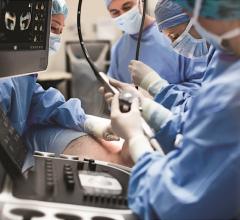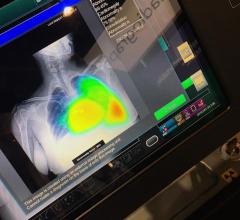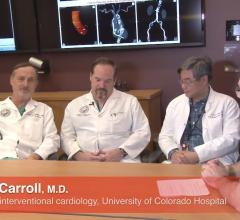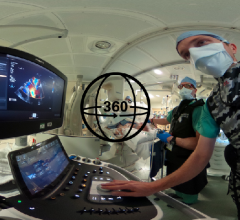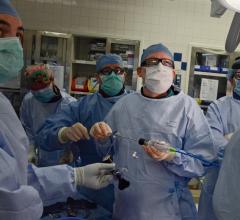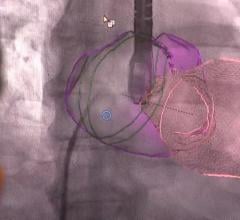January 17, 2022 – As the increasing number of structural heart interventions are assisted by real-time imaging guidance ...
Transesophageal Echo (TEE)
This channel includes news and new technology innovations for transesophageal echocardiography (TEE) ultrasound imaging used for diagnostics and procedural guidance. TEE is an invasive form cardiac ultrasound (echo), where the ultrasound probe is placed down the patient's throat, into the esophagus to allow for more detailed, clearer imaging of the heart than is available using typical transthoracic echo imaging. TEE is used extensively for transcatheter structural heart procedure guidance because of its ability to show soft tissue that is not visible on the angiography systems typically used in the cath lab.
June 4, 2020 — Intra-operative transesophageal echocardiography (TEE) is a versatile diagnostic and monitoring tool used ...

May 21, 2020 — The American Society of Echocardiography (ASE) has issued a statement on how centers may consider to ...

The provision of echocardiographic services remains crucial during the novel coronavirus (COVID-19, SARS-CoV-2) outbreak ...
DAIC/ITN Editor Dave Fornell takes a tour of some of the most innovative new medical imaging technologies displayed on ...
This is an example of an augmented reality (AR) training system for transesophageal echo (TEE) created by the simulation ...
DAIC Editor Dave Fornell and Imaging Technology News (ITN) Consulting Editor Greg Freiherr offer a post-game report on ...
Interview with John Carroll, M.D., director of interventional cardiology, Robert Quaife, M.D., director of advanced ...
This 360 degree view shows staff at the University of Colorado Heart and Vascular Center performing live transesophageal ...
Physicians use many strategies to better interface with patients and their families to try and explain in non-physician ...
Alex Haak, Ph.D., clinical scientist at Philips Health Systems North America, is based at the University of Colorado ...

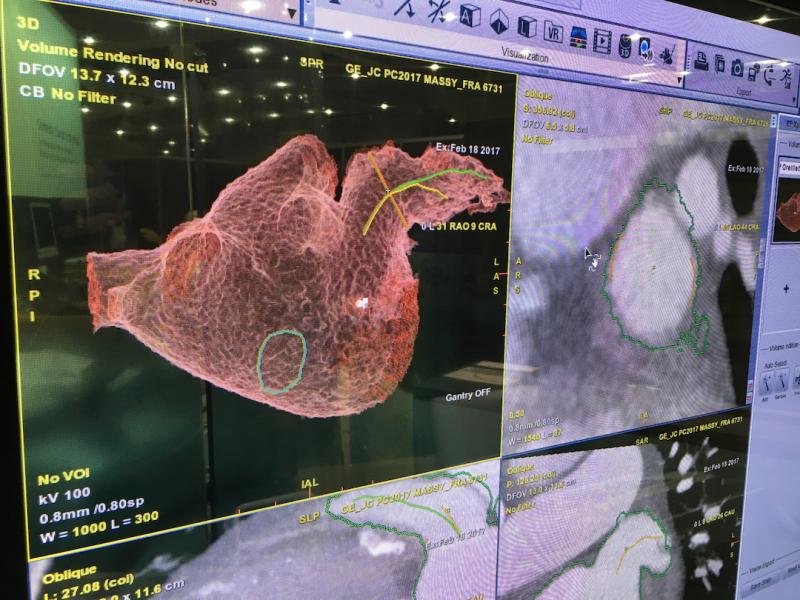
February 5, 2019 – The American Society of Echocardiography (ASE) released a new document that provides a comprehensive ...

The higher expense and lower frame rates of 3-D cardiac ultrasound systems have limited their adoption over the past ...

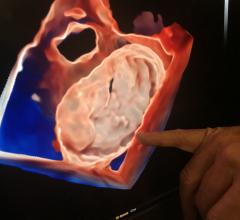
 January 17, 2022
January 17, 2022
